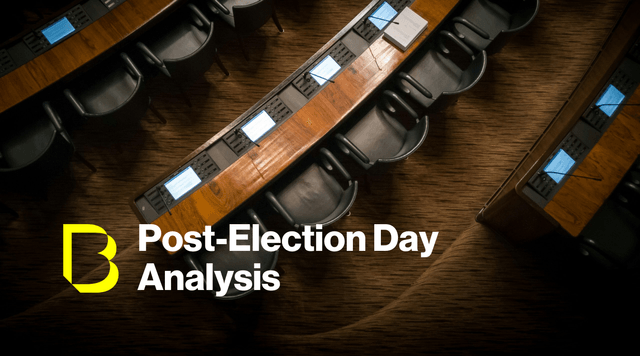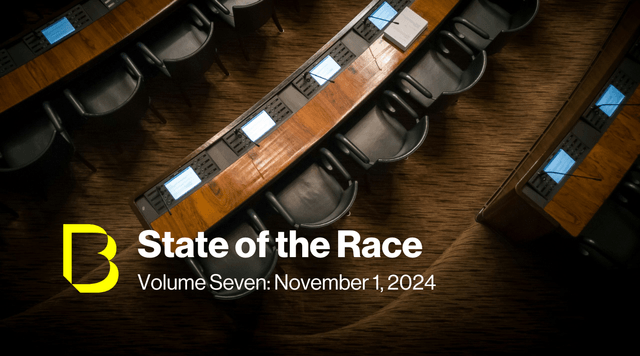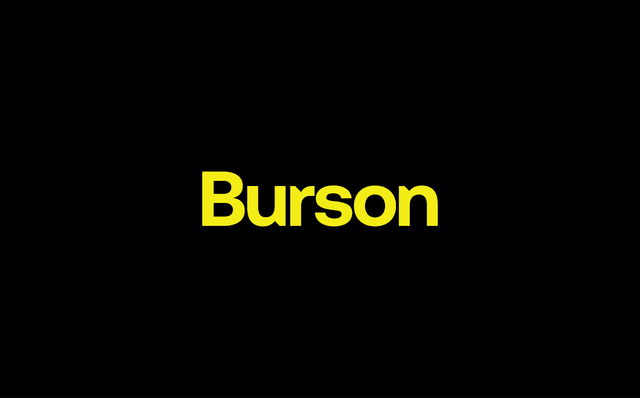Following the 2024 graduation season, university presidents and administrators across the country are breathing a collective sigh of relief. Notwithstanding some national media coverage, most commencement ceremonies came and went without incident. Still, this year’s student protests stemming from the Israel-Hamas war continue to weigh heavily on the minds of everyone in academia. That sigh of relief? It’s more like a very deep breath as university leaders embark on a summer unlike any before.
This fall, millions of students will return to thousands of college campuses around the country – in the middle of one of the most contentious election seasons the world has ever seen. College campuses will become ground zero for protests related to everything from Gaza to education reform to reproductive rights and more.
College administrators will rightfully be spending the summer months reviewing and revising their emergency management and crisis communications plans in preparation for a fall semester of students testing the boundaries of their rights to free speech and to organize. And while the potential of any university becoming a national flashpoint for one of these protests will remain very real, more existential threats looms large.
The Enrollment Cliff
Four years ago, the pandemic accelerated an already declining college enrollment trend. Thanks to lower birthrates during the Great Recession, the college-age population has been shrinking. By 2029, the number of 18-year-olds will drop by another 15%. That represents a much smaller pool of college students.
Making matters worse, high school graduates have more alternatives to college than ever before. There’s greater availability of jobs that no longer require college degrees, increasing popularity of apprenticeships and trade schools, companies creating their own training programs, and availability of online professional certificates.
Against the backdrop of rising tuition costs and the expiration of COVID-related support funds, this year’s disastrous Free Application for Federal Student Aid (FAFSA) rollout didn’t help matters. Thousands of students were left without the financial aid they need to enroll in college – leading many to opt out of college altogether.
Institutions of higher learning are already hurting financially. McKinsey estimates 57% of private and 77% of public institutions are facing budget shortfalls coming out of the pandemic. These trends have forced widespread budget cuts, cancellation of capital projects, and layoffs.
And that’s in the schools that are still here.
According to the State Higher Education Executive Officers Association (SHEEO), an average of one university or college per week has announced it will close or merge. Consulting firm EY says that trend will continue, with 1 in 10 four-year colleges and universities in financial peril.
It's no wonder the American Council on Education reports the average tenure of a college president is the shortest it’s ever been.
A Perfect Summer Storm
It’s clear that the next year will be a make-or-break moment for many colleges and universities. While there’s no quick fix to enrollment and budget challenges or the competing geopolitical ideologies that have polarized this generation, there are several steps colleges can take this summer to set them on the right track.
Create clear guidelines for what issues the university will and will not publicly address. So, you’ve issued an official statement in support of one group of people, but not another. Or you’ve denounced the actions of one group of people but didn’t make a similar statement about a different group. What university presidents don’t say is just as important as what they do. Spend some time this summer developing a process to determine when to speak out about an issue.
Invest in communications. For years, universities have invested in enrollment marketing functions, while leaving the communications function focused on little more than issuing releases. While this has made recruitment and enrollment marketing much more sophisticated, it also meant many colleges and universities were woefully underprepared to handle crises, whether student protests, unrest from donors, or government inquiries.
Consider adding a senior level communications counselor with crisis and risk management experience to your institution’s leadership team and/or cabinet to help make sure you’re prepared for what’s to come.
Think about and start engaging your internal audiences.
Faculty and administration are the heart of what makes a university tick. They attract students and enable parents and donors to feel good about the organization. But they also represent an important audience to engage. Without telling anyone how to feel about an issue, institutions should equip internal leaders with the information and skills to discuss the University’s positions along with the larger vision of how it is responding to the myriad challenges it faces and is planning for the future.
Consider an audit of your communications and marketing teams – are they resourced and trained to manage internal as well as external communications?
Rethink the definition of “university.” The words “college” and “university” evoke images of 18-year-olds on a pristine green lawn surrounded by gothic architecture. In reality, images like these don’t necessarily reflect today’s college experience for many students Those 18-year-olds are finding themselves in class next to military veterans and 35-year-olds learning a new career. Spirited classroom discussions are occurring online. Many students aren’t even there for a degree, opting instead for a certificate or other micro-credential. Rather than cling to what a university used to be, institutions should start shaping what a university will be.
Consider involving your diverse university community in an initiative to redefine/rethink the meaning of the university – in your local and in the global community.
Stop trying to be everything to everybody. The enrollment marketing teams mentioned before have commoditized education and turned it into a means to an end. That mentality has created a homogenous logjam where every college and university is saying essentially the same thing: Pay for a degree here and we’ll help you get the job you want. But education is not solely transactional. The decision to attend a particular college is also about emotion. Higher education institutions should look internally this summer to articulate what makes them unique: What do you have that no other school can claim? What emotion do your students and prospective students have when they think about your school?
There’s no doubt that college and university presidents and administrators have quite a bit of summer coursework to do themselves. But with the right attention, they can enter the 2024-2025 academic year better prepared for what’s coming.
Written by Burson’s Education Leaders, Steve Radick, Diana Shayon, and Mike Heimowitz
You might also like
Explore all
Key learnings from a busy first week of the new U.S. presidential administration

Post-Election Day Analysis

November 1, 2024: State of the Race

